Comparisons
How does Vase.ai compare?
Vase.ai is the best fit for those who prefer an all-in-one solution with research guidance.



Features
Vase.ai
Pollfish
Survey Monkey
Research Agency

Speed
Lightning-fast insights in a matter of hours!
Get answers back in as little as 1 hour
Weeks of waiting if you lack your own panel
Weeks to months of waiting

Ease of Use
Effortlessly designed for non-researchers
suitable for research-savvy individuals
Suitable for research-savvy individuals
Streamlined and hassle free

Value for Money
Starts from RM 0.50 / USD 0.11 per question
Affordable, but requires expertise
Budget-friendly, but requires expertise
Really Expensive

Advanced Analytics
Powerful automated tools for all skill levels
Advanced analytics for experienced users
Limited analytics prone to human bias
Limited or no automated analytics

AI-Driven
Yes
Yes
No AI integration
No AI integration

Customization
Tailor-made solutions for your specific needs
Customizable options available
Customizable options available
Tailored solutions designed for you

Research Support
Expert assistance at no extra cost
Self-guided research with limited support
Limited free with paid 'Enterprise Assistance'
Comprehensive support throughout
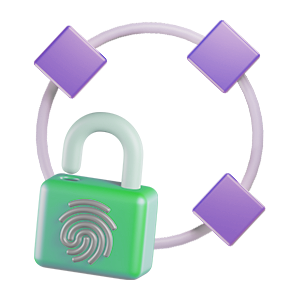
Panel & Data Privacy
GDPR and Data Privacy compliant
Panel sourced from SDK integrators with potential privacy concerns
Varied data privacy depending on the chosen panel
Varies depending on the agency's privacy practices

Speed
Vase.ai
Lightning-fast insights in a matter of hours!
Survey Monkey
Weeks of waiting if you lack your own panel
Research Agency
Weeks to months of waiting

Ease of Use
Vase.ai
Effortlessly designed for non-researchers
Survey Monkey
Suitable for research-savvy individuals
Research Agency
Streamlined and hassle free

Value for Money
Vase.ai
Starts from RM 0.50 / USD 0.11 per question
Survey Monkey
Budget-friendly, but requires expertise
Research Agency
Really Expensive

Advanced Analytics
Vase.ai
Powerful automated tools for all skill levels
Survey Monkey
Limited analytics prone to human bias
Research Agency
Limited or no automated analytics

AI-driven
Vase.ai
Yes
Survey Monkey
No AI integration
Research Agency
No AI integration

Customization
Vase.ai
Tailor-made solutions for your specific needs
Survey Monkey
Customizable options available
Research Agency
Tailored solutions designed for you

Research Support
Vase.ai
Expert assistance at no extra cost
Survey Monkey
Limited free with paid 'Enterprise Assistance'
Research Agency
Comprehensive support throughout

Panel & Data Privacy
Vase.ai
GDPR and Data Privacy compliant
Survey Monkey
Varied data privacy depending on the chosen panel
Research Agency
Varies depending on the agency's privacy practices
Detailed comparisons
Find out why people make the switch from these products to Vase.ai.
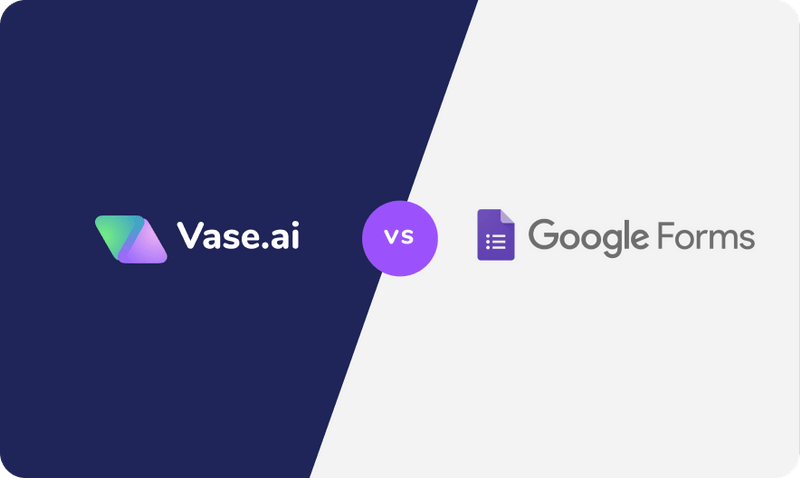
Vase.ai vs Google Forms
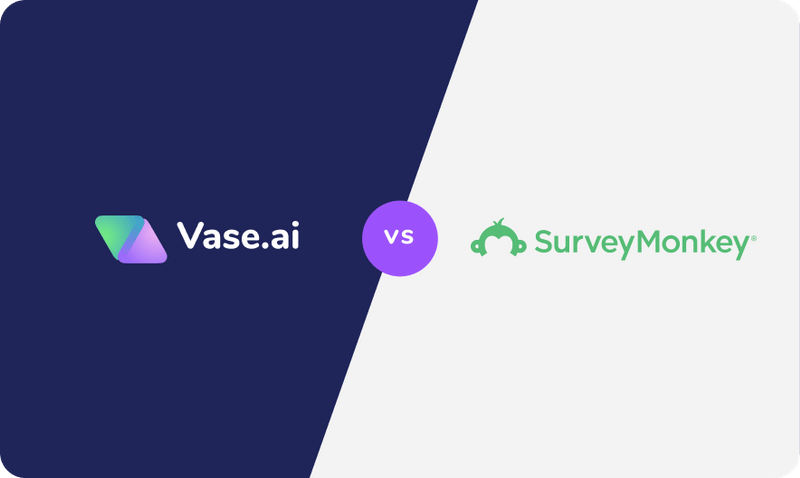
Vase.ai vs SurveyMonkey
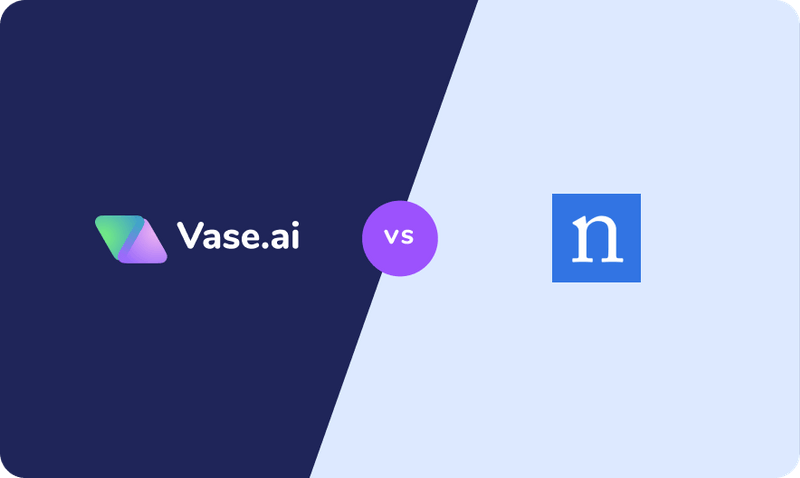
Vase.ai vs Traditional Research Agency
Boost Efficiency and Save Time:
Leverage Vase.ai's Features for 50% Faster Decision-Making
Budget Friendly Research

Traditional market research tools often come with hefty price tags, making it challenging to explore smaller decisions within a limited research budget.
Vase.ai is a very cost-effective online survey tool, with budget-friendly options starting at RM 5,000, you can unlock valuable consumer insights and make informed decisions, even on a smaller scale.
Budget Friendly Research

Traditional market research tools often come with hefty price tags, making it challenging to explore smaller decisions within a limited research budget.
Vase.ai is a very cost-effective online survey tool, with budget-friendly options starting at $1,000, you can unlock valuable consumer insights and make informed decisions, even on a smaller scale.
Timely Access to Data

Delayed research reports hinder your ability to react to rapidly changing consumer behaviour, putting your brand at a disadvantage.
Stay ahead of the competition with real-time data at your fingertips. Vase.ai's Southeast Asia survey tool provide immediate access to up-to-date information, ensuring you have the latest market insights for effective brand management and successful product launches.
Timely Access to Data

Delayed research reports hinder your ability to react to rapidly changing consumer behaviour, putting your brand at a disadvantage.
Stay ahead of the competition with real-time data at your fingertips. Vase.ai's Southeast Asia survey tool provide immediate access to up-to-date information, ensuring you have the latest market insights for effective brand management and successful product launches.
Flexible Survey Options

Lengthy surveys increase the risk of errors due to assumptions and can limit your ability to gather actionable insights.
Customise your surveys effortlessly with Vase.ai's iterative research approach. Tailor your online surveys to fit your specific needs, whether it's a single question or a comprehensive questionnaire. Uncover consumer preferences, refine your strategies, and drive impactful decisions through our user-friendly survey tools.
Flexible Survey Options

Lengthy surveys increase the risk of errors due to assumptions and can limit your ability to gather actionable insights.
Customise your surveys effortlessly with Vase.ai's iterative research approach. Tailor your online surveys to fit your specific needs, whether it's a single question or a comprehensive questionnaire. Uncover consumer preferences, refine your strategies, and drive impactful decisions through our user-friendly survey tools.
Addressing Additional Questions

In traditional research, addressing additional questions that arise after receiving data can be time-consuming and resource-intensive.
Say goodbye to unanswered questions. Vase.ai supports iterative research, enabling you to ask additional questions and receive comprehensive answers within 24 hours. Stay agile, refine your understanding, and unlock new consumer insights throughout your research journey.
Addressing Additional Questions

In traditional research, addressing additional questions that arise after receiving data can be time-consuming and resource-intensive.
Say goodbye to unanswered questions. Vase.ai supports iterative research, enabling you to ask additional questions and receive comprehensive answers within 24 hours. Stay agile, refine your understanding, and unlock new consumer insights throughout your research journey.
Unlocking Actionable Insights: Market Research Excellence Made Simple
.png)
Precision Matters:
Eliminate Assumptions and Embrace Accurate Data
In market research, accuracy is everything. Discover how Vase.ai's iterative approach enhances data accuracy, breaking down lengthy surveys for deeper insights. Say goodbye to assumptions and make data-driven decisions with confidence.
The Key to Market Relevance:
Stay Ahead with Swift Data Delivery
Adaptation is essential in a changing market. Learn how Vase.ai enables swift data delivery, keeping you informed of shifting consumer behaviours in just matter of hours. Stay relevant and seize opportunities with up-to-date insights at your fingertips.
Unleash Expert Analysis:
Transform Data into Meaningful Insights
Raw data is just the beginning. Vase.ai's experienced researchers bring expertise to the table, extracting valuable insights from vast datasets. They ask the right questions to uncover the story behind the data, empowering you to make informed decisions.
Powerful Proprietary Panel:
Quality Respondents, Quality Insights
Quality respondents make all the difference in market research. Vase.ai's proprietary panel provides access to verified participants who align with your research objectives. Gain accurate insights by engaging with the right individuals who fit your target audience.
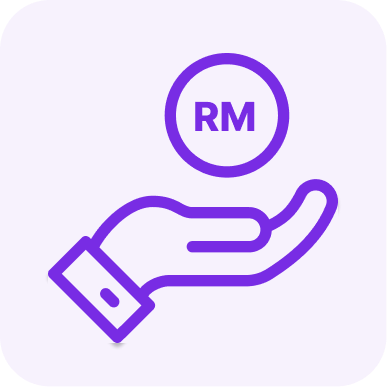
Cost-Effective Confidence:
Validating Decisions, Big or Small
Data-driven decision-making shouldn't break the bank. With Vase.ai, you can validate decisions of any scale without budget constraints. Benefit from a flexible cost structure that empowers you to make confident choices and drive growth.
Experience the Journey to Actionable Insights with Vase.ai, the User-Friendly Market Research and Survey Tool That Unlocks Growth Opportunities For Your Business.


.png?width=128&height=72&name=609c999fc5afe226b3b6f633_Logo-06-F5%20(1).png)
.png?width=128&height=72&name=609c99a220029288d4d064c6_Logo-10-F6%20(1).png)



























